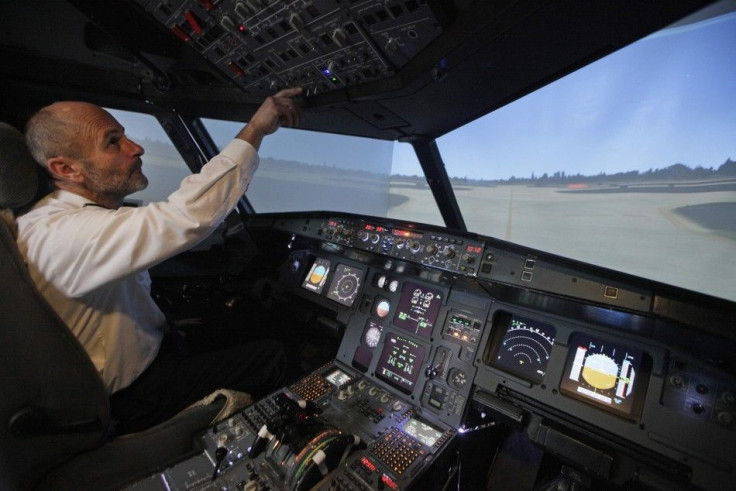Australian Defence College Signs MOU To Explore Virtual Simulation Opportunities

Gearing up the use of modern technology in education and training sector of the defence industry, the Australian Defence College has signed a Memorandum of Understanding with the University of Newcastle at the Directorate of Simulation at RAAF Base Williamtown. The research in virtual simulation may help Australia in dealing with challenges in foreign countries.
According the Australian Department of Defence's official website, the Australian Defence College already uses virtual simulation for some of its training programs, and the new MOU is expected to further enhance its capability. Brigadier Peter Gates, who is the Commandant of the Australian Command and Staff College, has said the defence industry can take advantage of the advances made in computer science, engineering and the arts. The advances will help propel the next generation of virtual simulation applications for the defence industry.
Brigadier Gates expressed his confidence in virtual simulation as an educational tool. He specifically referred to leadership, language and cultural training as major areas of interest where virtual simulation may be used. The training may help Australian troops deployed in foreign countries.
Australian troops have been deployed in different countries over the years for a range of functions that are not limited to a combat role. The most recent efforts by Australia are to drop aid to the people in the war-torn region of northern Iraq. The Royal Australian Air Force C-130J Hercules aircraft have dropped 32 tonnes of humanitarian aid in four air drop missions in the past week. The humanitarian aid included water, tents and blankets to the innocent Iraqi civilians caught up in the war against the terrorist organisation ISIS. The Australian aid will be particularly important in the coming months as the winter sets in.
Australia has to coordinate with not only the coalition forces but also the countries in the region in order to ensure the humanitarian aid is dropped off without any incident. Virtual simulation training may better equip Australia to deal with such situations in the future that require coordination with foreign countries. The MOU between Australian Defence College and University of Newcastle will allow post graduate students to take up virtual simulation research and development projects in order to meet the future requirements of the defence industry.






